Sure, let’s dive into the fascinating world of art therapy and its integration into self-care practices. This blog post will guide you through the healing power of art therapy, how to create a personalized self-care kit, and practical tips for incorporating art therapy into your daily life. So, why should you keep reading? Because you’ll discover how art therapy can enhance your mental health, aid in trauma recovery, and boost your overall wellness. Ready to embark on this creative journey? Let’s get started!
Key Takeaways
- Art therapy can significantly improve mental health and aid in trauma recovery.
- Personalizing your self-care kit with art therapy can enhance its effectiveness.
- Expressive arts therapy techniques can be easily incorporated into your daily routine.
- Creativity plays a crucial role in enhancing wellness and personal growth.
- Practical tips for integrating art therapy into daily life.
Introduction to Art Therapy and Self-Care
Definition of Art Therapy
Art therapy is a form of expressive therapy that uses the creative process of making art to improve a person’s physical, mental, and emotional well-being. It’s not about creating a masterpiece, but rather expressing yourself through the medium of art.
Importance of Self-Care
Self-care is an essential practice that involves taking care of your own physical and mental health. It’s about recognizing your needs and taking steps to meet them. It’s about treating yourself as kindly as you would treat others.
Overview of Integrating Art Therapy into Self-Care Practices
Integrating art therapy into your self-care practices can provide a creative outlet for expressing emotions, reducing stress, and promoting relaxation. It’s about using art as a tool for healing and self-discovery.
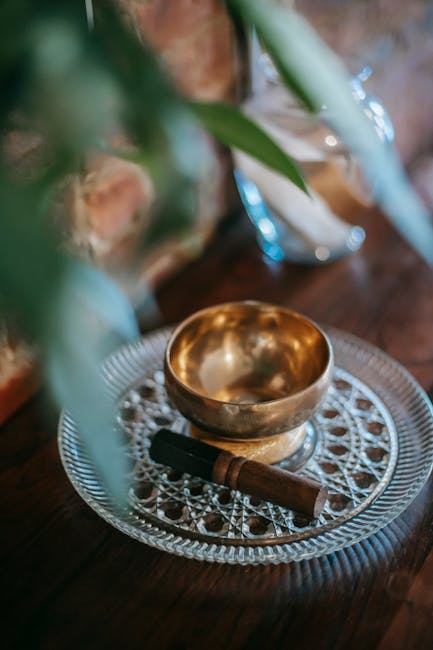
The Healing Power of Art Therapy
Mental Health Benefits
Stress Reduction
Art therapy can be a powerful tool for stress reduction. It provides a safe space for you to express your feelings and emotions, which can help reduce feelings of stress and anxiety.
Improved Emotional Regulation
Art therapy can also help improve emotional regulation. By expressing your feelings through art, you can gain a better understanding of your emotions and learn how to manage them more effectively.
Role in Trauma Recovery
Expressive Trauma-Informed Art Therapy Activities
Art therapy can play a significant role in trauma recovery. Expressive trauma-informed art therapy activities can provide a non-verbal outlet for trauma survivors to express their feelings and emotions. Kristina Bertoia offers a range of trauma-informed art therapy activities that can aid in the healing process.
Essential Art Therapy Exercises for PTSD Recovery
Art therapy exercises can also be beneficial for individuals recovering from Post-Traumatic Stress Disorder (PTSD). These exercises can help individuals process traumatic events and reduce symptoms of PTSD.
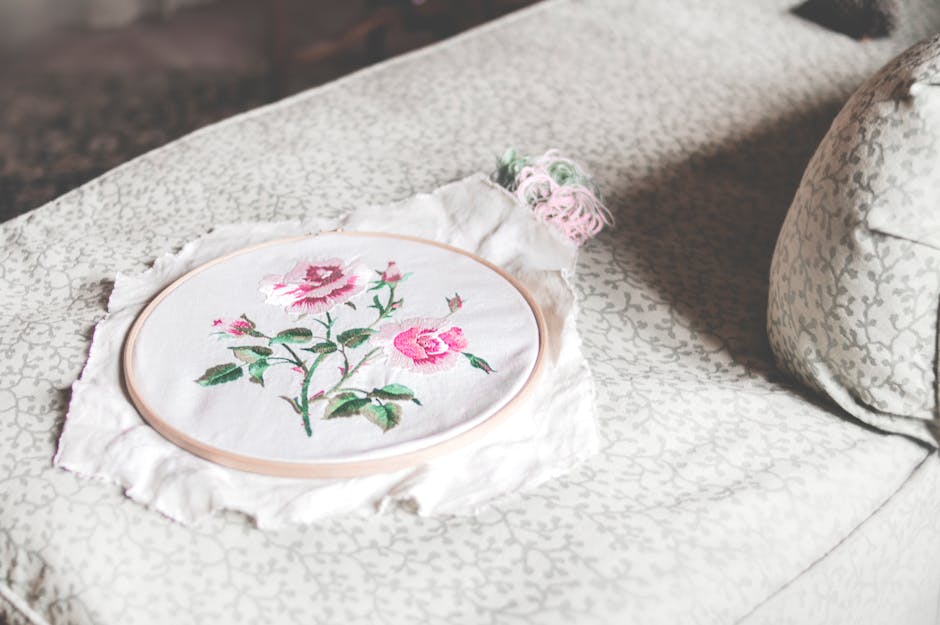
Creating a Personalized Self-Care Kit with Art Therapy
Importance of Personalization in Self-Care
Personalization is key when it comes to self-care. What works for one person may not work for another. Therefore, it’s important to create a self-care routine that meets your unique needs and preferences.
How To Create Your Own Self Care Kit with Leah Guzman
Selecting Art Materials
When creating your self-care kit, the first step is to select your art materials. This could include anything from paints and brushes to clay and collage materials. Choose materials that you enjoy working with and that allow you to express yourself creatively.
Incorporating Creative Practices
The next step is to incorporate creative practices into your self-care routine. This could involve setting aside time each day for art-making, journaling, or other creative activities. Leah Guzman provides some great tips on how to create your own self-care kit with art therapy.
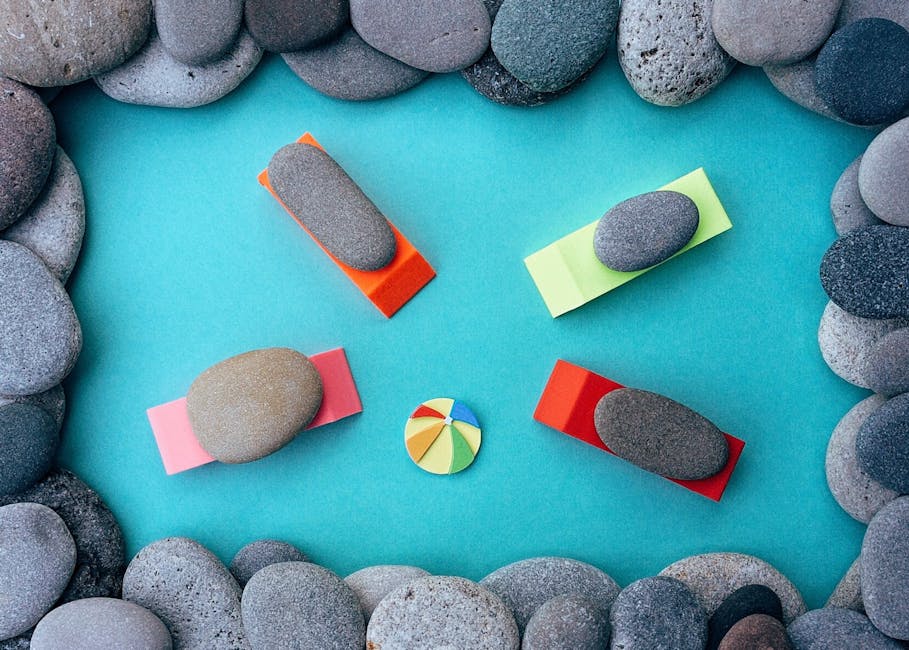
Expressive Arts Therapy Techniques for Everyday Use
Overview of Expressive Arts Therapy
Expressive arts therapy is a form of therapy that uses various art forms as a means of self-expression and self-discovery. It can include activities such as drawing, painting, sculpture, music, dance, and drama.
15 Creative Activities and Techniques
Drawing and Painting
Drawing and painting are two of the most common forms of expressive arts therapy. They provide a visual medium for expressing emotions and can be very therapeutic.
Collage Making
Collage making is another popular expressive arts therapy technique. It involves creating a collage from various materials, such as magazine clippings, photographs, and fabric. This can be a fun and creative way to express your feelings and emotions.
Sculpture
Sculpture is a more tactile form of expressive arts therapy. It involves creating three-dimensional art pieces from materials such as clay, wood, or metal. This can provide a more physical outlet for self-expression.
How to Unlock Your Creative Calm
Mindfulness Through Art
Art can be a great tool for practicing mindfulness. By focusing on the process of creating art, you can bring your attention to the present moment and achieve a state of calm.
Achieving Relaxation Through Creativity
Creativity can also be a powerful tool for relaxation. By engaging in creative activities, you can distract your mind from stressors and achieve a state of relaxation.
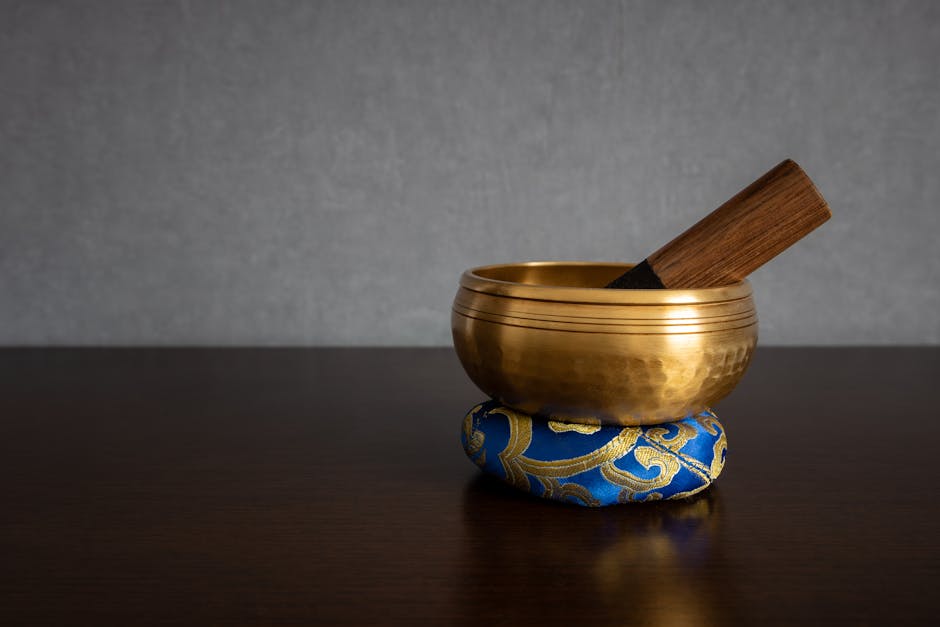
The Role of Creativity in Enhancing Wellness and Personal Growth
Creative Wellness and Its Impact on Overall Health
The Surprising Link Between Creativity and Wellness
Creativity and wellness are closely linked. Engaging in creative activities can boost your mood, reduce stress, and improve your overall mental health. In fact, studies have shown that creativity can even have physical health benefits, such as reducing inflammation and boosting the immune system.
Art, Balance, and Self-Care
Art can play a crucial role in achieving balance and practicing self-care. By expressing yourself through art, you can achieve a sense of balance and well-being. Plus, art-making can be a fun and enjoyable self-care activity.
Strategies for Personal Development Through Art Therapy
How To Experience Breakthrough Personal Growth through Trauma
Art therapy can be a powerful tool for personal growth, especially for individuals who have experienced trauma. By expressing and processing traumatic experiences through art, individuals can experience breakthroughs in personal growth and healing.
How To Tap Into Easy Creative Self Care
Creative self-care doesn’t have to be complicated. Simple activities like drawing, painting, or making a collage can be effective ways to practice self-care. Plus, these activities can be easily incorporated into your daily routine.
Practical Tips for Integrating Art Therapy into Daily Life
Making Time for Creative Activities
One of the biggest challenges when it comes to integrating art therapy into daily life is finding the time. However, it’s important to remember that even a few minutes of creative activity each day can have significant benefits. Try setting aside a specific time each day for art-making, such as in the morning or before bed.
Simple Art Therapy Practices for Beginners
Daily Drawing or Journaling
If you’re new to art therapy, a great place to start is with daily drawing or journaling. This can be as simple as doodling on a piece of paper or writing about your feelings and experiences.
Using Art to Express Feelings and Thoughts
Art can be a powerful tool for expressing feelings and thoughts. If you’re feeling stressed or overwhelmed, try expressing these feelings through art. This can provide a safe and non-judgmental outlet for your emotions.
Building a Habit of Creative Self-Care
Building a habit of creative self-care can take time, but it’s well worth the effort. Start by incorporating small creative activities into your daily routine, and gradually increase the amount of time you spend on these activities. Over time, you’ll find that creative self-care becomes a natural and enjoyable part of your life.
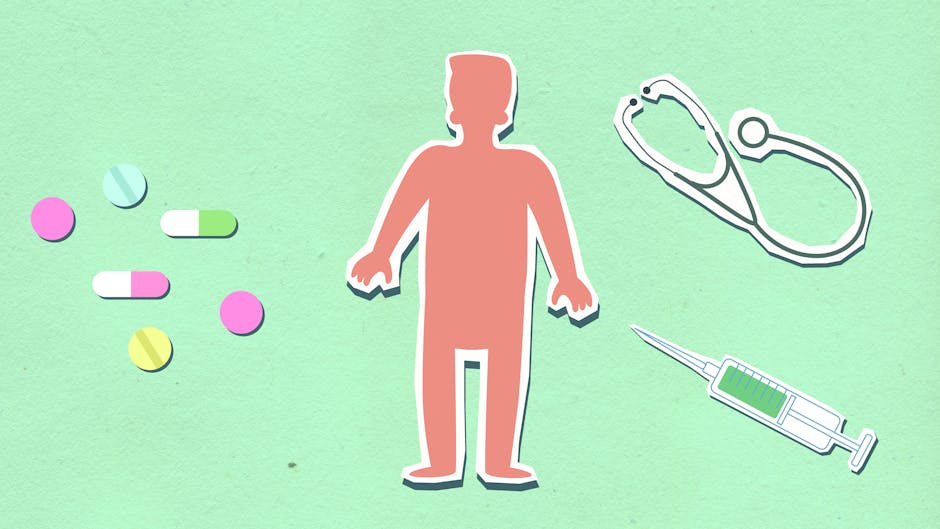
Conclusion
Recap of the Importance of Art Therapy in Self-Care
Art therapy is a powerful tool for self-care. It provides a creative outlet for expressing emotions, reduces stress, and promotes relaxation. By integrating art therapy into your self-care practices, you can enhance your mental health, aid in trauma recovery, and boost your overall wellness.
Encouragement to Explore Art Therapy for Personal Well-being
If you’re looking for a creative and therapeutic way to practice self-care, I encourage you to explore art therapy. Whether you’re an experienced artist or a complete beginner, art therapy can provide a unique and beneficial addition to your self-care routine. So why not give it a try? You might be surprised by the positive impact it can have on your well-being.
Remember, self-care is not a luxury, but a necessity. So, take some time for yourself, pick up a paintbrush, and let your creativity flow. You deserve it!
Unlocking Your Inner Peace: The Art Therapy and Self-Care FAQ You Didn’t Know You Needed
What is art therapy and how does it relate to self-care?
Art therapy is a form of expressive therapy that uses the creative process of making art to improve a person’s physical, mental, and emotional well-being. It’s a powerful tool in self-care as it allows individuals to express themselves non-verbally, explore their emotions, and release stress. By engaging in art therapy, you can discover new insights about yourself, cope with symptoms of stress and anxiety, and enhance your overall sense of well-being.
Do I need to be good at art to benefit from art therapy?
Absolutely not! The beauty of art therapy lies in the process of creation, not the final product. It’s about expressing your feelings and experiences through art, which doesn’t require any artistic skill or experience. The focus is on exploring your inner self and healing, rather than producing gallery-worthy pieces. Everyone can benefit from art therapy, regardless of their artistic ability.
What are some simple art therapy activities I can incorporate into my self-care routine?
There are numerous simple yet effective art therapy activities you can try, such as doodling or scribbling to release tension, painting to music for emotional expression, creating a collage to visualize goals or dreams, and keeping an art journal to reflect on daily experiences. These activities can be easily integrated into your self-care routine, offering a creative outlet to explore your feelings and reduce stress.
How often should I practice art therapy for it to be effective?
The frequency of art therapy sessions can vary depending on your personal needs and schedule. Some might find daily short sessions beneficial, while others may prefer longer sessions a few times a week. The key is consistency and making art therapy a regular part of your self-care routine. Listen to your body and mind, and adjust the frequency to what feels right for you.
Can art therapy help with anxiety and depression?
Yes, art therapy has been shown to be effective in reducing symptoms of anxiety and depression. It provides a safe space to express difficult emotions, explore personal issues, and develop coping strategies. Through the creative process, individuals can gain insights into their emotional state, improve self-esteem, and find a sense of calm. It’s a valuable tool in managing mental health, alongside other treatments and therapies.
What materials do I need to start practicing art therapy at home?
Starting art therapy at home doesn’t require expensive materials. Begin with what you have, such as pencils, pens, markers, or paints, and any type of paper. Over time, you might want to explore different mediums and materials, like clay, collage materials, or textiles, depending on your interests. The most important thing is to create a space where you feel comfortable and inspired to express yourself.
Can art therapy be practiced in a group setting?
Yes, art therapy can be incredibly beneficial in both individual and group settings. Group art therapy provides a sense of community and support, allowing individuals to share experiences and learn from others. It can enhance communication skills, foster social connections, and offer different perspectives on personal challenges. Whether in a formal setting with a therapist or an informal group with friends, it can be a powerful way to connect and heal.
How do I find a qualified art therapist?
To find a qualified art therapist, start by searching the directory of professional associations for art therapists in your country, such as the American Art Therapy Association in the U.S. or the British Association of Art Therapists in the U.K. These organizations list certified therapists who meet specific educational and professional standards. Additionally, you can ask for recommendations from healthcare providers or mental health professionals.



